Gabriele De Santis, Alek O., Santo Tolone. To go where we have to go, where do we have to go?
16 May 2018
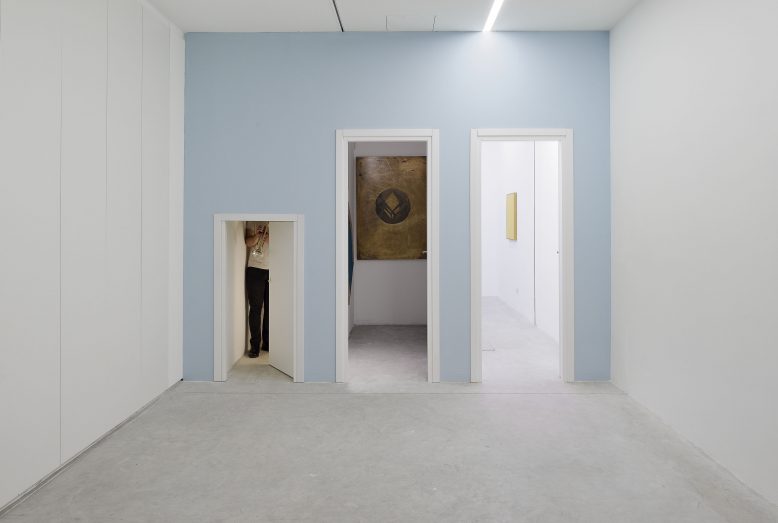 Gabriele De Santis, Alek O., Santo Tolone, Per andare dove dobbiamo andare, per dove dobbiamo andare? Insallation view, Nomas Foundation, Rome. Ph. Roberto Apa
Gabriele De Santis, Alek O., Santo Tolone, Per andare dove dobbiamo andare, per dove dobbiamo andare? Insallation view, Nomas Foundation, Rome. Ph. Roberto Apa
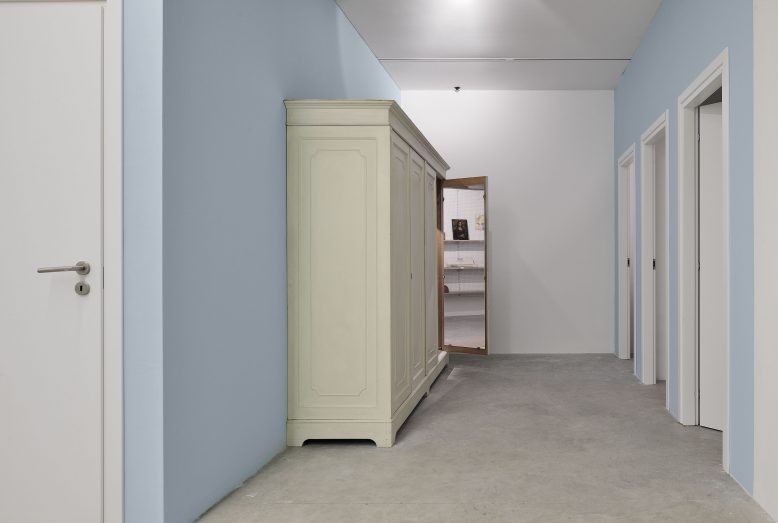 Gabriele De Santis, Alek O., Santo Tolone, Per andare dove dobbiamo andare, per dove dobbiamo andare? Insallation view, Nomas Foundation, Rome. Ph. Roberto Apa
Gabriele De Santis, Alek O., Santo Tolone, Per andare dove dobbiamo andare, per dove dobbiamo andare? Insallation view, Nomas Foundation, Rome. Ph. Roberto Apa
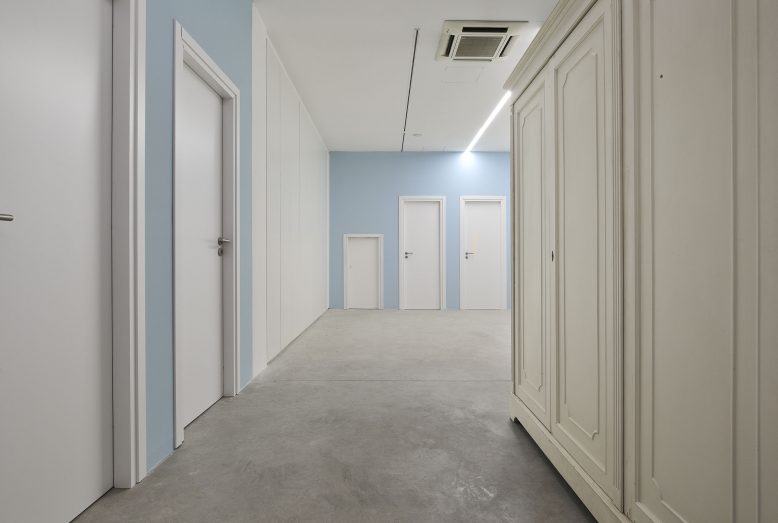 Gabriele De Santis, Alek O., Santo Tolone, Per andare dove dobbiamo andare, per dove dobbiamo andare? Insallation view, Nomas Foundation, Rome. Ph. Roberto Apa
Gabriele De Santis, Alek O., Santo Tolone, Per andare dove dobbiamo andare, per dove dobbiamo andare? Insallation view, Nomas Foundation, Rome. Ph. Roberto Apa
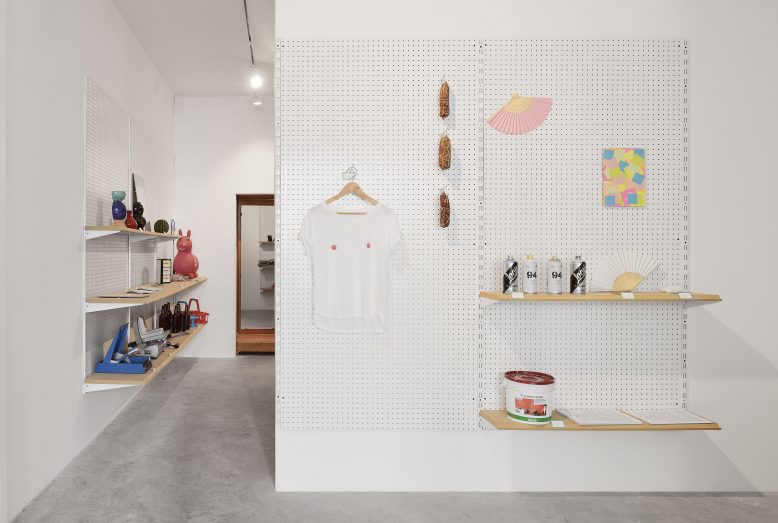 Gabriele De Santis, Alek O., Santo Tolone, Per andare dove dobbiamo andare, per dove dobbiamo andare? Insallation view, Nomas Foundation, Rome. Ph. Roberto Apa
Gabriele De Santis, Alek O., Santo Tolone, Per andare dove dobbiamo andare, per dove dobbiamo andare? Insallation view, Nomas Foundation, Rome. Ph. Roberto Apa
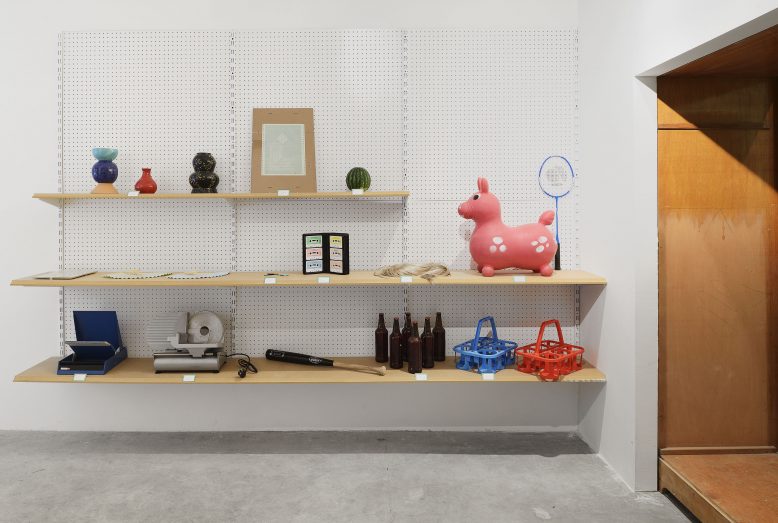 Gabriele De Santis, Alek O., Santo Tolone, Per andare dove dobbiamo andare, per dove dobbiamo andare? Insallation view, Nomas Foundation, Rome. Ph. Roberto Apa
Gabriele De Santis, Alek O., Santo Tolone, Per andare dove dobbiamo andare, per dove dobbiamo andare? Insallation view, Nomas Foundation, Rome. Ph. Roberto Apa
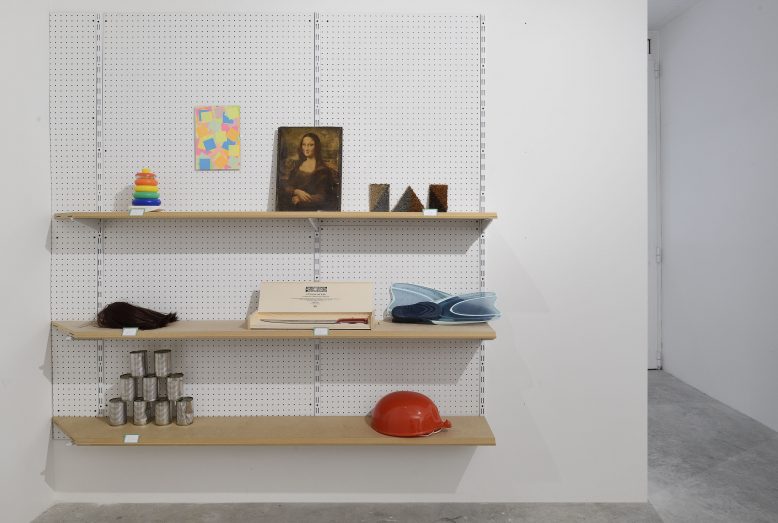 Gabriele De Santis, Alek O., Santo Tolone, Per andare dove dobbiamo andare, per dove dobbiamo andare? Insallation view, Nomas Foundation, Rome. Ph. Roberto Apa
Gabriele De Santis, Alek O., Santo Tolone, Per andare dove dobbiamo andare, per dove dobbiamo andare? Insallation view, Nomas Foundation, Rome. Ph. Roberto Apa
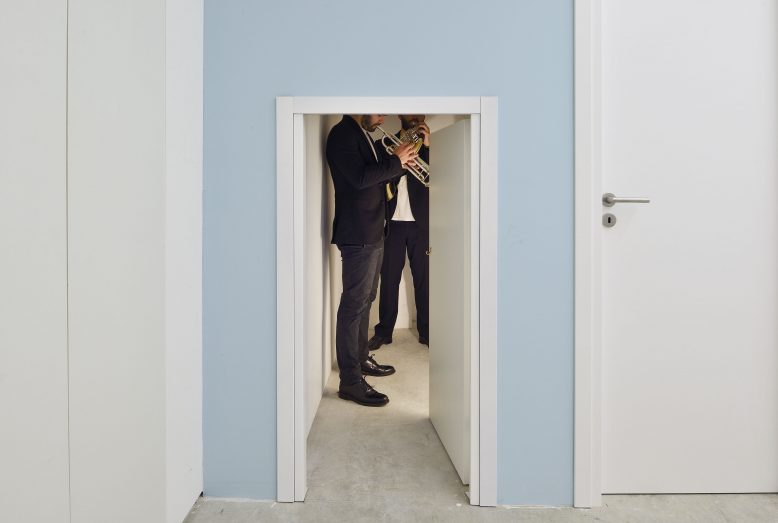 Gabriele De Santis, Alek O., Santo Tolone, Per andare dove dobbiamo andare, per dove dobbiamo andare? Insallation view, Nomas Foundation, Rome. Ph. Roberto Apa
Gabriele De Santis, Alek O., Santo Tolone, Per andare dove dobbiamo andare, per dove dobbiamo andare? Insallation view, Nomas Foundation, Rome. Ph. Roberto Apa
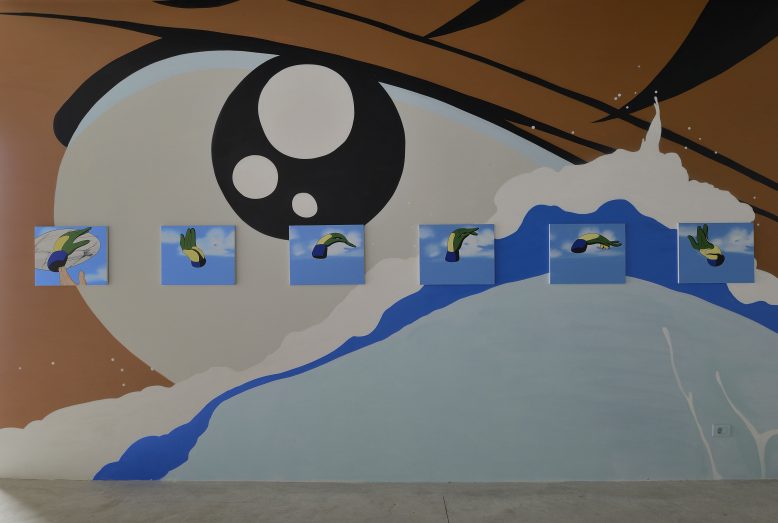 Gabriele De Santis, Alek O., Santo Tolone, Per andare dove dobbiamo andare, per dove dobbiamo andare? Insallation view, Nomas Foundation, Rome. Ph. Roberto Apa
Gabriele De Santis, Alek O., Santo Tolone, Per andare dove dobbiamo andare, per dove dobbiamo andare? Insallation view, Nomas Foundation, Rome. Ph. Roberto Apa
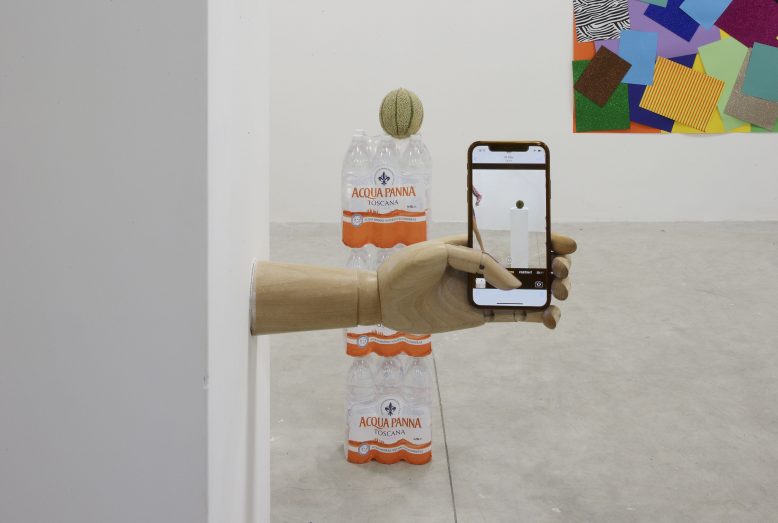 Gabriele De Santis, Alek O., Santo Tolone, Per andare dove dobbiamo andare, per dove dobbiamo andare? Insallation view, Nomas Foundation, Rome. Ph. Roberto Apa
Gabriele De Santis, Alek O., Santo Tolone, Per andare dove dobbiamo andare, per dove dobbiamo andare? Insallation view, Nomas Foundation, Rome. Ph. Roberto Apa
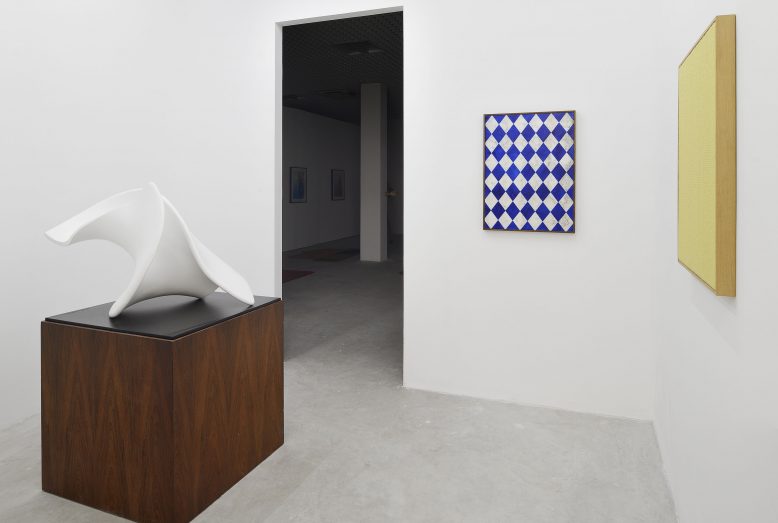 Gabriele De Santis, Alek O., Santo Tolone, Per andare dove dobbiamo andare, per dove dobbiamo andare? Insallation view, Nomas Foundation, Rome. Ph. Roberto Apa
Gabriele De Santis, Alek O., Santo Tolone, Per andare dove dobbiamo andare, per dove dobbiamo andare? Insallation view, Nomas Foundation, Rome. Ph. Roberto Apa
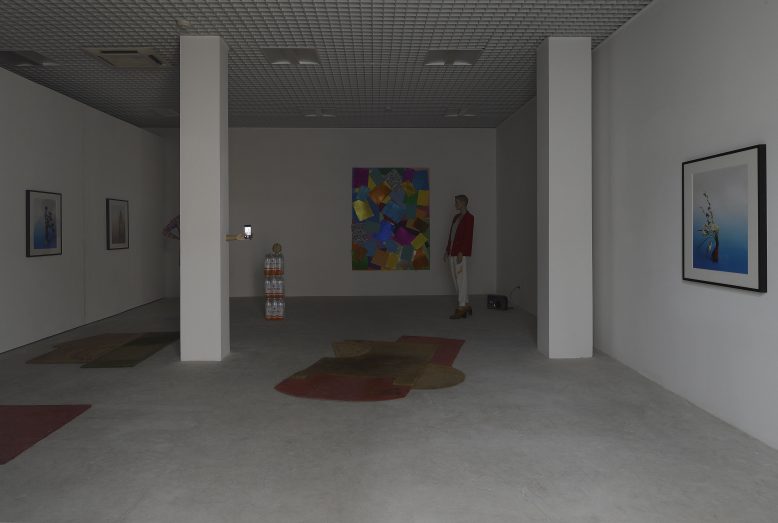 Gabriele De Santis, Alek O., Santo Tolone, Per andare dove dobbiamo andare, per dove dobbiamo andare? Insallation view, Nomas Foundation, Rome. Ph. Roberto Apa
Gabriele De Santis, Alek O., Santo Tolone, Per andare dove dobbiamo andare, per dove dobbiamo andare? Insallation view, Nomas Foundation, Rome. Ph. Roberto Apa
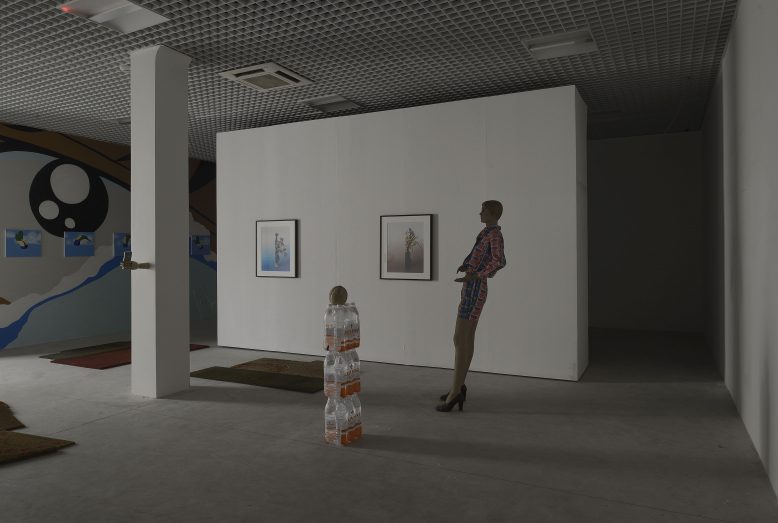 Gabriele De Santis, Alek O., Santo Tolone, Per andare dove dobbiamo andare, per dove dobbiamo andare? Insallation view, Nomas Foundation, Rome. Ph. Roberto Apa
Gabriele De Santis, Alek O., Santo Tolone, Per andare dove dobbiamo andare, per dove dobbiamo andare? Insallation view, Nomas Foundation, Rome. Ph. Roberto Apa
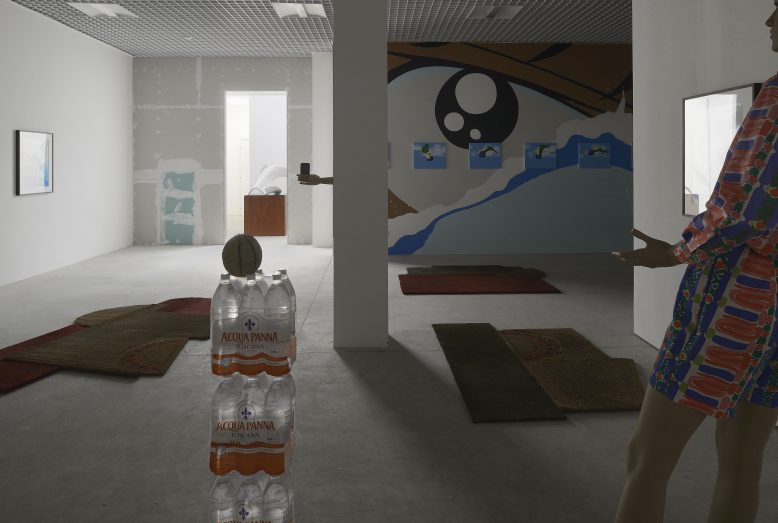 Gabriele De Santis, Alek O., Santo Tolone, Per andare dove dobbiamo andare, per dove dobbiamo andare? Insallation view, Nomas Foundation, Rome. Ph. Roberto Apa
Gabriele De Santis, Alek O., Santo Tolone, Per andare dove dobbiamo andare, per dove dobbiamo andare? Insallation view, Nomas Foundation, Rome. Ph. Roberto Apa
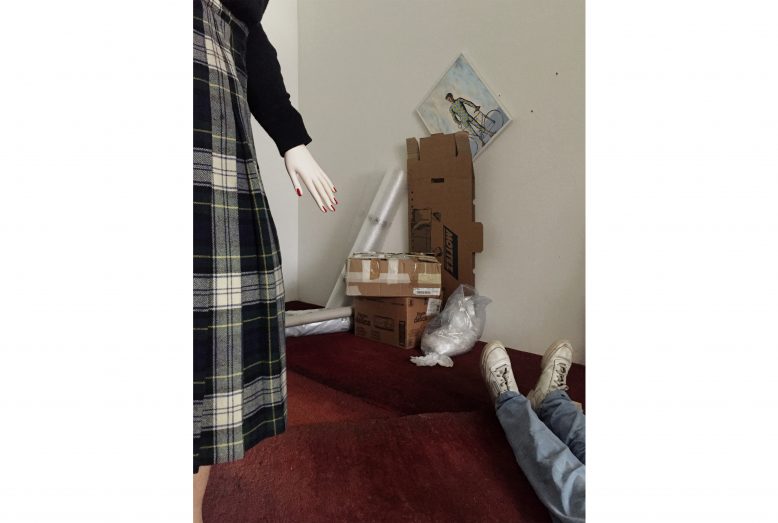 Gabriele De Santis, Alek O., Santo Tolone, Per andare dove dobiamo andare, per dove dobiamo andare? 2018
Gabriele De Santis, Alek O., Santo Tolone, Per andare dove dobiamo andare, per dove dobiamo andare? 2018
A project by Gabriele De Santis, Alek O., Santo Tolone
May 17th - September 7th, 2018
July 17th - August 3rd, 2018 opening by appointment only, writing at info@nomasfoundation.com within 48 hours before your visit
August 7th - September 3rd, 2018 summer break
Opening: May 16th, at 6.30pm
Nomas Foundation, viale Somalia 33, Rome
To go where we have to go, where do we have to go? is a non-curated mid-life group show by three young Italian artists who no longer count as "young artists”. After working together, on and off, for over a dozen years, we felt the need to reconsider where we had been taken by what part of us still refuses to call our careers - started out in a squat and grown through MFA programmes and international galleries, kicked around by biennials and fairs, courted or shunned by curators and gallerists, torn by the centripetal force of the market and the centrifugal inertia of peripherality, struggling to resist the pull towards homogenization resulting from the online circulation of images.
To go where we have to go, where do we have to go? is a doubt which embodies the intellectual independence of the first 10 years of Nomas Foundation, turning the foundation into a meeting space of cultural solidarity, embracing the legacy of the countercultures of '68 in their wish to intercept the political in both fiction and reality, as well as in their focus on a collective perspective. Seminaries, laboratories, lectures, performances, screenings, academic lessons open to anyone, available on streaming from May 16th to September 7th, in collaboration with the Sociological Aesthetics Research Unit of the Department of Social and Economic Sciences, Sapienza UniversitĂ di Roma.
While writing a presentation for the show we came across a lecture written (but never read) by Roberto Bolaño shortly before his death, titled Sevilla Kills Me. It already includes all we wanted to say, and much more.
“Where does the new Latin American literature Italian art come from?” If I stay on topic, my answer will be about three minutes long. We come from the middle classes, or from a more or less settles proletariat or from families of low-level drug traffickers who’re tired of gunshots and want respectability instead. [...] That is, writers artists today seek recognition, though not the recognition of their peers but of what are often called “political authorities”, the usurpers of power, whatever side of the political spectrum it might be (the young writers artists don’t care!), and thereby the recognition of the public collectors, or book sales, which makes publishers gallerists happy but makes writers artists even happier, because these are writers artists who, as children at home, saw how hard it is to work eight hours a day, or nine or ten, which was how long their parents worked, and this was when there was work, because the only thing worse than working ten hours a day is not being able to work at all and having to drag oneself around looking for a job (paid, of course) in the labyrinth, or worse, in the hideous crossword puzzle of Latin America Italy. So young writers artists have been burned, as they say, and they devote themselves body and soul to selling. Some rely more on their bodies, others on their souls, but in the end it’s all about selling. So, where does the new Latin American literature Italian art come from? The answer is very simple. It comes from fear. It comes from the terrible (and in a certain way fairly understandable) fear of working in an office or selling cheap trash on the Paseo Ahumada piazza Navona. It comes from the desire of respectability, which is simply a cover for fear. [...] Frankly, at first glance, we’re a pitiful group of writers artists in our thirties and forties, along with the occasional fifty-year-old, waiting for Godot, which in this case is the Nobel Biennale pavilion, the Rulfo DAAD fellowship, the Cervantes Prix de Rome, the PrĂncipe de Asturias Turner Prize, the RĂłmulo Gallegos tenure-track post.
[...] Some of the writers artists here are people I call friends. The rest of you I don’t know, but I’ve read seen work by some of you and heard excellent things about others. […] It’s a promising scene, especially if viewed from a bridge. The river is wide and mighty and its surface is broken by the heads of at least twenty-five writers artists under fifty, under forty, under thirty. How many will drown? I’d say all of them. The treasure left to us by our parents, of by those we thought were our putative parents, is pitiful. In fact, we’re like children trapped in the mansion of a pedophile. Some of you will say that it’s better to be at the mercy of a pedophile than a killer. You’re right. But our pedophiles are also killers".
Scheduled events:
Artist's Cocktail, from Ryan Gander's project
Wednesday, May 30, 2018 from 6.oopm to 8.00pm
Tiling as a real artist, by Gabriele De Santis
Wednesday, June 6, 2018 from 6.oopm to 8.00pm
Lessons of History of Art, a lecture by Maria Letizia Zozi
Wednesday, June 13, 2018 from 6.oopm to 8.00pm
Developing in HARD TIMES: developing a videogame as a critic to the "decorum society" by Ivan Preziosi
Tuesday, July 3, 2018 from 6.oopm to 8.00pm
Talk with the graphic novelist Bruno Cannucciari
Wednesday July 11, 2018 from 6.00pm to 8.00pm